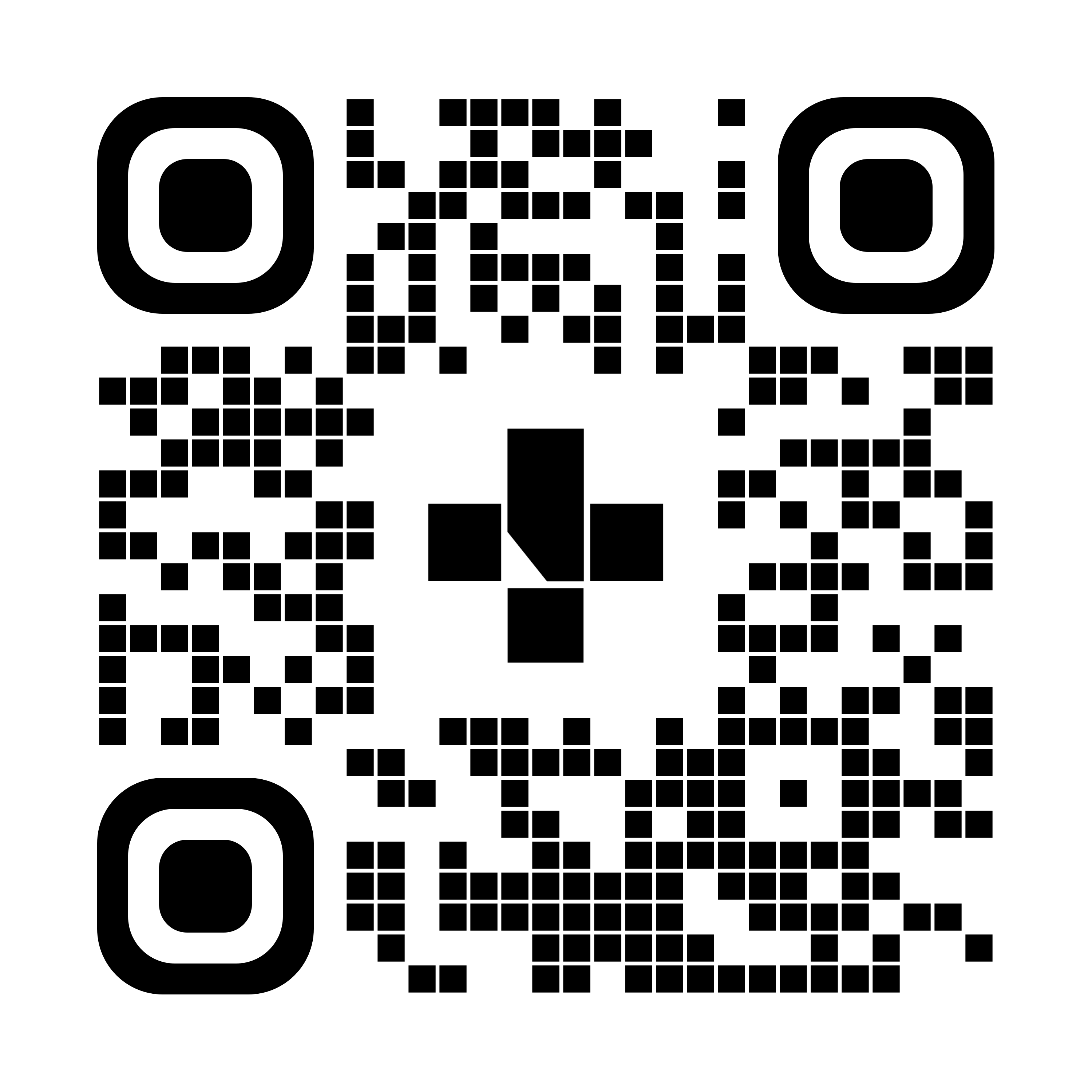Diabetes
Driving and diabetes
Can I drive if I have diabetes?
Many people with diabetes drive. By law, it’s your responsibility to tell the Driver Fitness and Monitoring Branch of Alberta Transportation that you have diabetes. They’ll ask you questions and decide if you need a driver medical report for your diabetes.
If you need a driver medical report, your healthcare provider will fill out a report on how stable your blood glucose (sugar) levels are. There may be a cost from your doctor to do this. If you have questions, contact the Driver Fitness and Monitoring Branch.
What do I need to know about driving and diabetes?
There can be some risks when you’re driving and you have diabetes. Talk to your healthcare provider about:
- Low blood glucose (hypoglycemia). This can affect how you drive and decisions you make while driving. Blood glucose below 4.0 mmol/L can be caused by insulin and some oral medicines.
- Problems (complications) with diabetes that can affect your ability to drive, like problems seeing, losing feeling in your feet, getting dizzy.
If you have diabetes and you drive, you should have a complete medical examination at least every 2 years. If you are a commercial driver, you should have a complete medical examination when you apply for your commercial licence.
What do I need to do before I drive and while I’m driving?
You must test your blood glucose before you start to drive. Make sure your blood glucose is over 5.0 mmol/L before you drive.
- If your blood glucose is less than 4.0 mmol/L, or you think that you have a low blood glucose, treat the low blood glucose before you start to drive. Then wait at least 40 minutes before driving.
- If your blood glucose is between 4.0 to 5.0 mmol/L, have a snack before you start to drive.
If you can’t recognize early symptoms of low blood glucose until they become severe (hypoglycemia unawareness) or have a history of severe low blood glucose in the past year, you must:
- measure your capillary blood glucose (CBG) level right before driving and at least every 2 hours while driving
or
If your blood glucose goes low while you’re driving:
- Stop the car and take the keys out of the ignition.
- Treat the low blood glucose with quick-acting sugar.
- When your blood glucose is above 4.0 mmol/L, have a snack with a protein and a carbohydrate.
- Wait 40 minutes. Make sure your blood glucose is over 5.0 mmol/L before you start driving again.
Check your blood glucose at least every 4 hours if you’re driving a long distance.
Always have your blood glucose meter or continuous glucose monitor (CGM), quick-acting sugar, and snacks in your car where you can reach them easily.
Learn more about how to drive safe with diabetes.
How do I know if my blood glucose levels are unstable or outside of my target range?
You’ll know your blood glucose levels are not stable if:
- your healthcare provider tells you
- you don’t know you’re having low blood glucose when it happens (hypoglycemia unawareness)
- you have severe low blood glucose that you need help to treat
What else can I do?
- See your healthcare provider regularly about your diabetes.
- Keep blood glucose logs.
- Know the signs and symptoms of low blood glucose, and treat it the way your healthcare provider has taught you.
Care instructions may be adapted by your healthcare provider. If you have questions about a medical condition or this instruction, talk with your doctor or appropriate healthcare provider.
To see this information online and learn more, visit MyHealth.Alberta.ca/health/pages/conditions.aspx?Hwid=custom.ab_diabetes_driving_inst.

For 24/7 nurse advice and general health information call Health Link at 811.
Current as of: July 20, 2022
Author: Primary Care and Chronic Disease Management, Alberta Health Services
This material is not a substitute for the advice of a qualified health professional. This material is intended for general information only and is provided on an "as is", "where is" basis. Although reasonable efforts were made to confirm the accuracy of the information, Alberta Health Services does not make any representation or warranty, express, implied or statutory, as to the accuracy, reliability, completeness, applicability or fitness for a particular purpose of such information. Alberta Health Services expressly disclaims all liability for the use of these materials, and for any claims, actions, demands or suits arising from such use.
